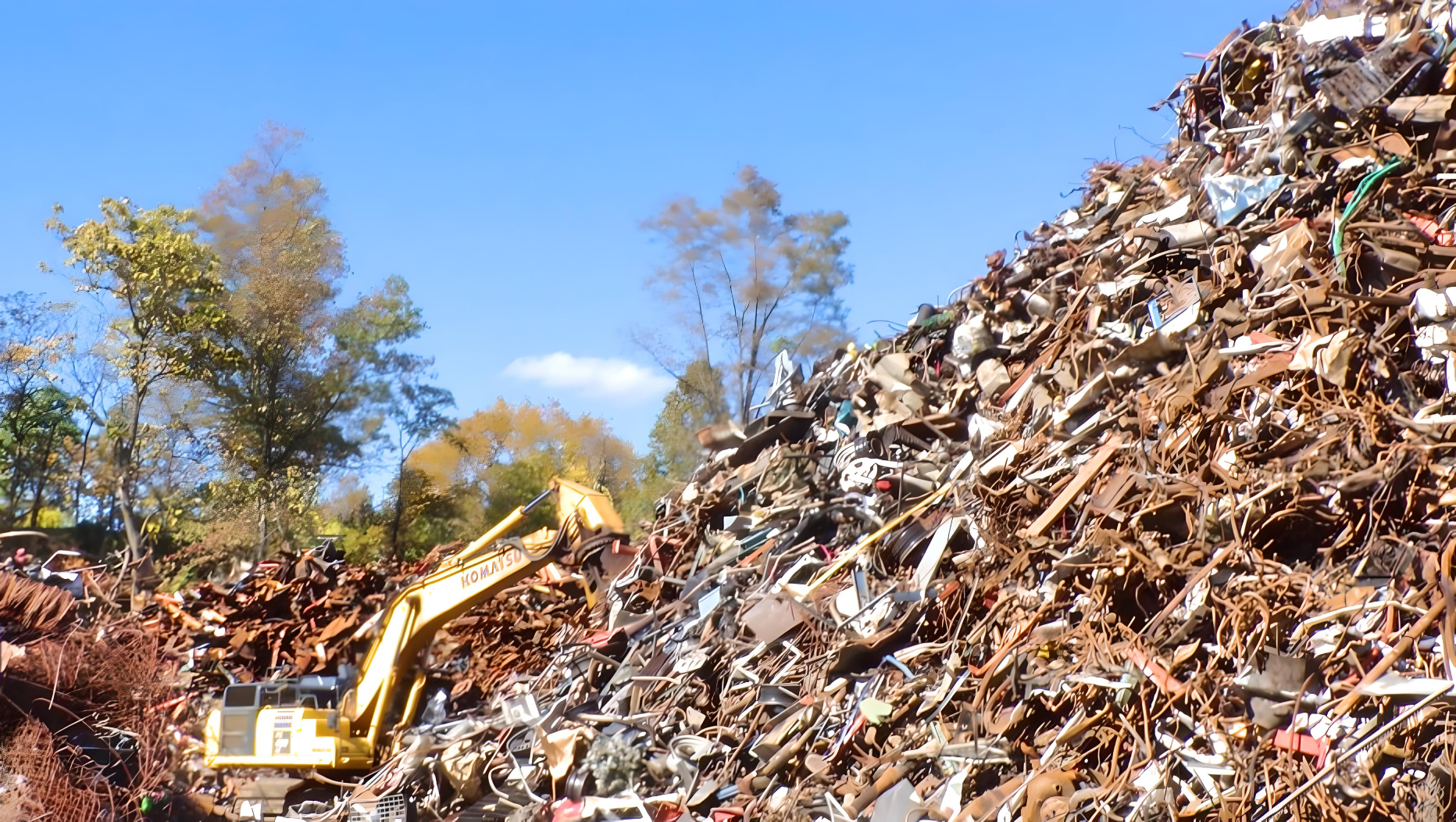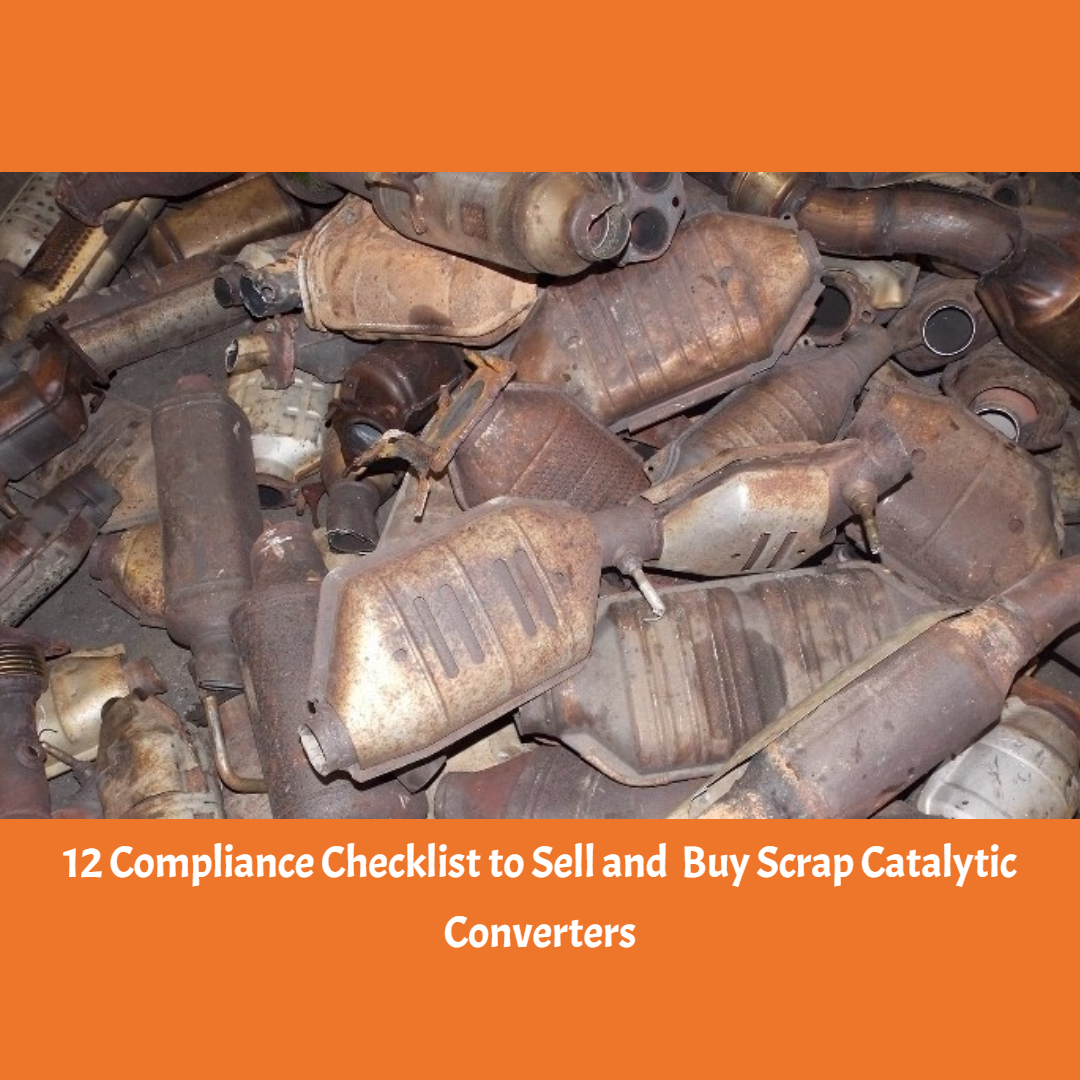5 Ways Compliance and Environmental Responsibility Impacts Converter Recycling
The importance of adhering to legislation and being environmentally responsible plays a significant role in both catalytic converter recycling and the larger recycling sector. By adhering to applicable laws and regulations, the environment, human well-being, and the overall integrity of recycling procedures are safeguarded. Catalytic converter recycling relies heavily on adhering to legislative compliance and prioritizing environmental responsibility.
Material and Emission Standards
Catalytic converters play a crucial role in minimizing vehicle pollution and complying with strict air quality regulations. Regulations establish standards for the capability and efficiency of catalytic converters in reducing pollutants, meeting emission limits, and ensuring vehicle adherence. Manufacturers and recyclers must prioritize guaranteeing the quality standards of retrieved precious metals from recycled converters to preserve the effectiveness and productivity of new catalytic converters. By adhering to these material and emission standards, the recycled converters ensure enhanced air quality and conformity to environmental regulations.

Environmental Regulations
Recycling catalytic converters requires the careful management of potentially dangerous substances, such as valuable metals and chemical compounds. To ensure the protection of the environment and public health, stringent regulations are in place to govern the collection, transportation, processing, and disposal of these devices. By adhering to these regulations, recycling facilities guarantee the implementation of environmentally friendly methods, including appropriate waste handling, control of emissions, and measures to prevent pollution. The recycling industry effectively reduces the environmental consequences related to catalytic converter recycling and encourages conscientious waste disposal by complying with environmental regulations.
The Proper Handling and Disposal
Catalytic converters could potentially harbor residual catalysts that may pose a toxic threat if mishandled or disposed of incorrectly. Laws require appropriate methods of handling and disposing of materials to prevent environmental pollution and safeguard the well-being of workers. Recycling facilities need to establish proper procedures to ensure the safe dismantling, storage, and transportation of catalytic converters. Following these regulations helps to reduce the chances of environmental contamination and guarantees responsible management of hazardous substances during recycling operations.
Reporting and Documentation
Recyclers are frequently required by legislation to fulfill reporting and documentation responsibilities. Responsibilities may include keeping detailed records of the amounts and sources of collected catalytic converters, monitoring the proper disposal or recycling of potentially harmful substances, and ensuring adherence to environmental regulations. Recyclers display transparency, accountability, and a dedication to environmental responsibility by precisely recording their actions. Additionally, this documentation enables proper regulatory monitoring and enforcement to guarantee the recycling industry functions in a lawful and conscientious way.
Extended Producer Responsibility (EPR)
Certain regions have introduced Extended Producer Responsibility programs, which hold manufacturers legally accountable for the complete lifespan of their products, encompassing recycling and proper disposal. The EPR legislation promotes the creation of products that are designed for easy recycling, the implementation of take-back programs, and the promotion of proper management of products at their end-of-life. In relation to catalytic converters, EPR regulations may demand that manufacturers assume accountability for the recycling or appropriate disposal of utilized converters. EPR legislation enhances eco-consciousness, prompting manufacturers to take responsibility and encouraging the development of sustainable product design.
In Conclusion
Catalytic converter recycling relies heavily on upholding legislative compliance and maintaining environmental responsibility as crucial foundations. Complying with environmental regulations, meeting material and emission standards, adopting appropriate handling and disposal methods, ensuring accurate record-keeping, and supporting Extended Producer Responsibility initiatives all play a crucial role in upholding the ethical and long-term viability of the recycling sector. The recycling sector for catalytic converters plays a crucial part in safeguarding the environment, maintaining public health, and advocating for responsible resource management through the adherence to these principles.


